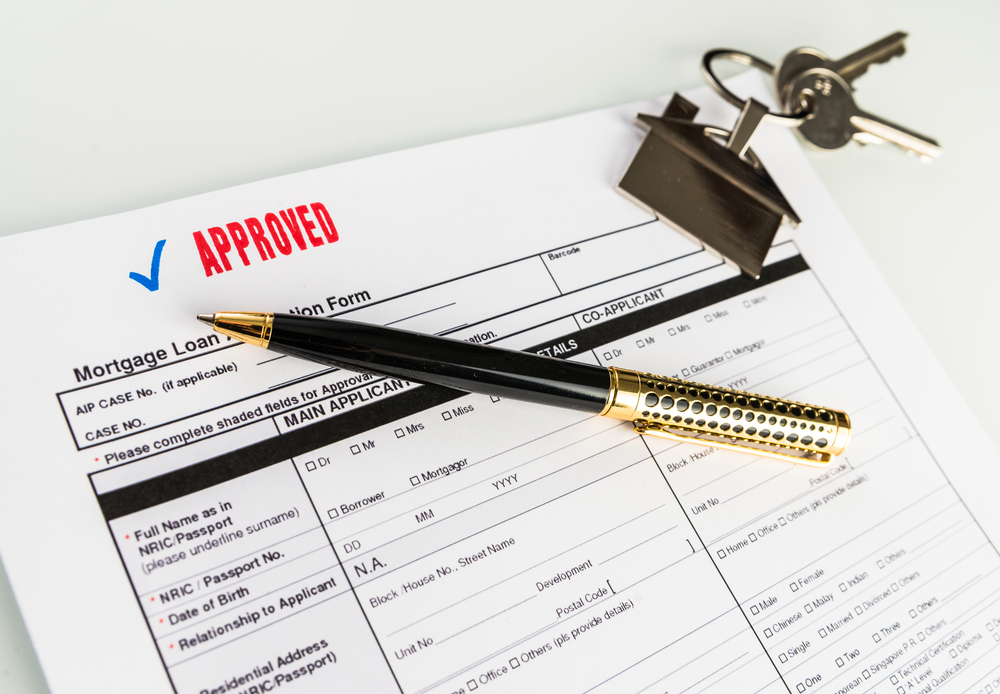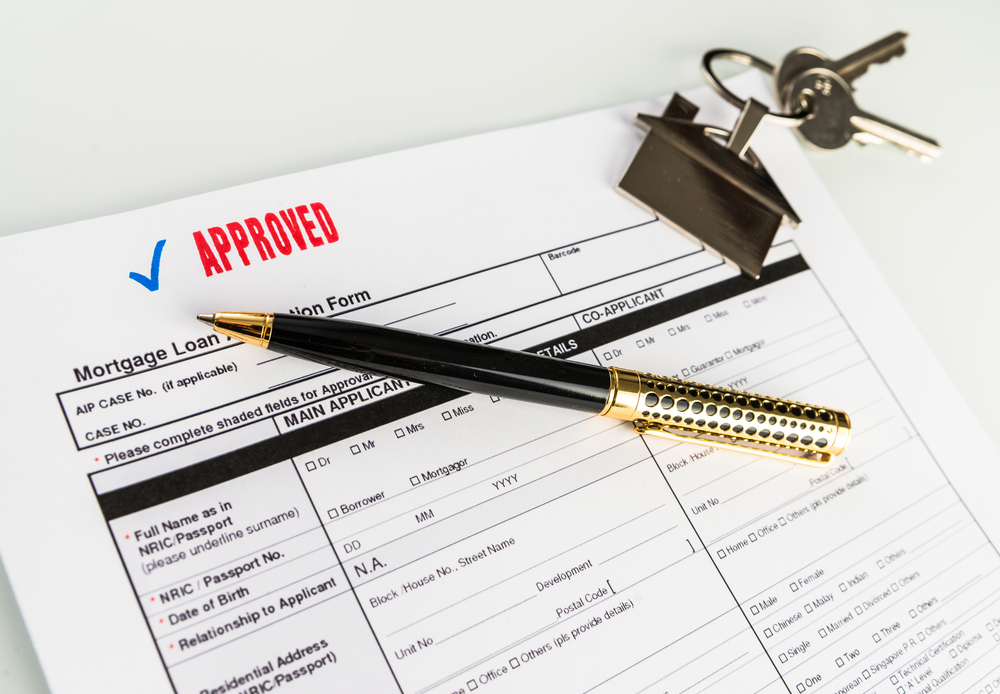Current mortgage rates hovering near three-year highs have given some prospective homebuyers pause. However, while high interest rates present undeniable challenges, they also open the door to unique opportunities for savvy buyers ready to make a move.
With careful planning, proper budgeting, and some expert guidance, you can position yourself to achieve your homeownership goals despite rising rates. This article will explore strategies for assessing affordability, seizing opportunities, mitigating costs, and mapping out your journey amidst the current rate environment.
Turning Challenges into Opportunities
Reduced Competition in the Housing Market
The recent rapid rise in interest rates has priced some buyers out of the market, reducing bidding frenzy and moderating price escalation. This provides a rare chance to avoid exhausting bidding wars and negotiate acquisition costs and favorable mortgage terms. Leveraging reduced competition positions well-prepared buyers to land dream homes without having to resort to desperate measures.
Empowered Negotiation & Cost Mitigation
When purchasing power declines along with demand, sellers become more amenable to negotiation to secure deals. Buyers steadfast in their budgets can negotiate below list price, favorable financing, closing credits, and other cost offsets to compensate for higher rates. Determining where you are willing to push, give, walk away or meet in the middle is key to mitigating rate impact through skilled negotiations.
Refinancing Prospects & Long-Term Perspective
While prevailing rates sting in the present, remember that your home is a long-term asset. Odds indicate rates will correct lower over coming years, presenting opportunities to refinance into more favorable mortgages. Making wise rate and term decisions now allows refinancing to discounted rates in the future. Embracing long-term perspectives beyond present headwinds leads to enduring wealth building.
Seizing Strategic Opportunities Amid High Rates
Assess Affordability at Current Rates
The first step is honestly assessing how climbing rates impact mortgage affordability and home pricing limits based on your financial picture. Crunch the latest numbers accounting for higher payments and use mortgage calculators to determine price ceilings. Getting clear on “new normal” affordability prevents overextending as rates rise. This assessment also helps target homes aligning with refreshed budgets.
Secure Preapprovals & Get Documents in Order
With budgets and limits set based on prevailing rates, obtain a preapproval letter from reputable lenders using current rates to confirm on-paper buying power. Gather required financial records early to accelerate processes when you find “the one”. Being preapproved for a loan allows hastily arranging showings, inspections, and getting competitive offers submitted faster in moderate markets. Slowing markets present unique opportunities to those prepared to seize them.
Leverage Buyer’s Markets for Better Terms
Consult real estate agents on recent area sales and inventory metrics. Rising rates have cooled many real estate microclimates from extreme seller’s markets to more balanced conditions. With moderation comes improved opportunity for negotiation on prices, contingencies, finance rates/terms, closing credits and more. Leverage market shifts to balance out heavier monthly payments as best possible. If still grappling with tradeoff decisions, utilize mortgage calculators estimating different loan scenarios over time to inform optimal terms.
Map the Interest Rate Environment
While prevailing rates significantly impact affordability, it helps to contextualize them within historical mortgage rate cycles. Generally rates rise and spike every 5 to 7 years with intervening periods of decline and correction. Review mortgage data from over the decades to see this cycle play out. This cycle charted context helps in two ways: First, it builds justification to purchase sooner despite challenging rates, knowing they should correct lower over coming years. Second, it instills perspective that like past spike phases this too shall pass into more affordable environments.
Align Finances & Timing with the Cycle
Once you commit to purchasing amid higher rates due to cycle precedents and correction faith — allow the cycle further inform your timing and financial preparations. If not positioned yet with your desired down payment, closing cost funds and strong credit profiles — it may pay dividends to spend the next 12-to-24 months improving these areas prior to purchasing Instead of trying to time unpredictable markets find alignment leveraging consistent cycle trends. Use the higher rate breather space to ensure your next foray faces fewer obstacles when rates fall into your window.
Frequently Asked Questions

Should I wait for rates to come back down before buying?
This is a complex question requiring assessment of broader market conditions beyond rates along with your personal finances and timing needs. Generally if aligned financially and established in your lifestyle, buying sooner amid even volatile conditions nets favor over timing markets. Taking advantage of reduced competition today while anticipating refinance potential tomorrow might serve well over waiting indefinitely.
How much will higher rates increase monthly payments?
For a fixed rate 30-year conventional mortgage — which most first-time buyers utilize — as a rule of thumb each quarter percent rate increase boosts payments by about $50 monthly per $300,000 financed. So on a median national first purchase price around $350k, a 2 percent surge from 4 percent to 6 percent elevates payments roughly $583 monthly. Always use mortgage calculators though for your precise scenario.
What are some ways first time buyers can offset higher rates?
Savvy first time buyers have several moves to counteract increased mortgage costs despite higher rates: negotiate credits into purchase deals; buy down rates temporarily; increase down payments lowering amounts financed; seek down payment support programs; obtain rate discounts through lender credit incentives; and secure a lower rate through adjustable mortgages
Should I consider alternative, adjustable rate mortgage programs?
While prevailing fixed rates are two or more points above long-run averages, discounted adjustable rate mortgages (ARMs) remain available 2 to 4 points cheaper. This tempts some first-time buyers to roll the dice on short-term discounted payments. However, higher lifetime interest incurred through unforeseen future rate adjustments outweighs short-term relief. Opt for fixed rates around 80 percent of the time.
Are there ideal mortgage terms amid high rates?
Aim for the shortest terms affordable paying additional principal early if possible. Fifteen-year mortgages make sense for disciplined borrowers able to handle higher payments through lower rates and total interest. Or start with a 30-year mortgage, paying it like a 15 through additional principal. Avoid ARM programs without fixed conversion options despite lower initial rates. Their risks outweigh rewards for most.
Mapping Your Journey Amid High Interest Rates
Even though rising mortgage rates and higher monthly payments make things harder for homebuyers right now, buying a home is still a worthwhile goal with big lifelong benefits. This period of high rates, like previous ones throughout history, is temporary even if it doesn’t seem so at the moment.
Savvy homebuyers who prepare thoroughly, understand their options, and stay focused on their goals can still achieve homeownership despite present challenges. Though the path forward may look uncertain, moving ahead carefully but resolutely puts buyers in a stronger position to eventually secure the home they’ve always wanted.



